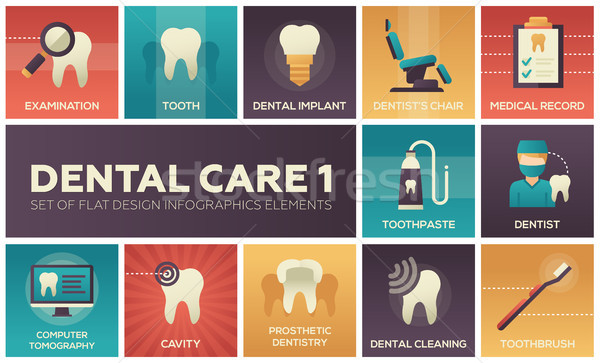Explore The Cutting-Edge Advancements That Are Transforming Oral Surgery. Discover What The Future Holds For This Field And Maintain Yourself Notified. Click Now For An Unique Sight Of Upcoming Advancements
Explore The Cutting-Edge Advancements That Are Transforming Oral Surgery. Discover What The Future Holds For This Field And Maintain Yourself Notified. Click Now For An Unique Sight Of Upcoming Advancements
Blog Article
Material Author-Borg Dowd
Invite to the world of dental surgery, where technologies and developments are forming the future of the area! In this amazing world, you'll witness the transformative power of robotics, the advanced marvel of 3D printing, and the game-changing effect of minimally invasive techniques.
The future of dental surgery holds an assurance of precision, efficiency, and improved client results. With the help of sophisticated robotics, surgeons are able to do intricate procedures with greater accuracy and control.
3D printing innovation is transforming the development of dental implants and prosthetics, providing tailored remedies that fit flawlessly into each individual's unique makeup.
Additionally, minimally invasive methods are minimizing post-operative pain and recuperation time, permitting patients to go back to their day-to-days live faster.
Prepare to check out the interesting technologies and advancements that are reshaping the landscape of oral surgery!
Improvements in Robotics
One major advancement in oral surgery is using robotic technology, which allows for precise and effective procedures. With the help of robot systems, dental cosmetic surgeons have the capability to perform intricate surgical treatments with boosted accuracy, lessening the threat of human mistake.
These robot systems are furnished with sophisticated imaging modern technology and specific instruments that enable cosmetic surgeons to browse with intricate anatomical structures easily. By utilizing which type of dentist does implants , specialists can achieve greater medical accuracy, resulting in enhanced person results and faster healing times.
On top of that, making use of robotics in dental surgery allows for minimally invasive treatments, decreasing the trauma to surrounding cells and advertising faster healing.
3D Printing in Oral Surgery
To boost the field of oral surgery, you can check out the subtopic of 3D printing in dental surgery. https://temporarytoothfilling39517.blazingblog.com/32805742/usual-oral-surgery-treatments-and-what-to-anticipate -edge technology has the potential to reinvent the way oral surgeons operate and treat patients. Right here are 4 vital methods which 3D printing is forming the area:
- ** Customized Surgical Guides **: 3D printing permits the production of extremely accurate and patient-specific surgical overviews, enhancing the accuracy and efficiency of treatments.
- ** Implant Prosthetics **: With 3D printing, oral doctors can create tailored implant prosthetics that flawlessly fit a client's one-of-a-kind makeup, resulting in better end results and person fulfillment.
- ** Bone Grafting **: 3D printing allows the manufacturing of patient-specific bone grafts, reducing the demand for standard grafting methods and boosting recovery and recuperation time.
- ** Education and learning and Educating **: 3D printing can be utilized to develop realistic medical designs for academic functions, enabling dental surgeons to practice complicated treatments before executing them on clients.
With its possible to improve accuracy, customization, and training, 3D printing is an amazing growth in the field of dental surgery.
Minimally Invasive Methods
To even more progress the area of oral surgery, embrace the potential of minimally invasive techniques that can substantially benefit both doctors and individuals alike.
Minimally invasive strategies are reinventing the area by reducing surgical trauma, minimizing post-operative pain, and speeding up the recuperation process. These techniques include making use of smaller incisions and specialized tools to do procedures with accuracy and effectiveness.
By utilizing advanced imaging technology, such as cone light beam calculated tomography (CBCT), doctors can accurately plan and perform surgical procedures with minimal invasiveness.
Additionally, the use of lasers in dental surgery allows for specific tissue cutting and coagulation, resulting in decreased blood loss and minimized recovery time.
With minimally visit the next website , people can experience quicker healing, decreased scarring, and boosted results, making it an essential facet of the future of oral surgery.
Conclusion
So, as you can see, the future of dental surgery is extremely promising, with interesting innovations and advances forming the area.
From the developments in robotics to using 3D printing and minimally intrusive strategies, dental cosmetic surgeons are transforming the way they provide treatment.
While some might fret about the potential expense related to these advancements, it's important to remember that these innovations inevitably enhance patient end results and decrease healing time, making them well worth the investment in the future.
